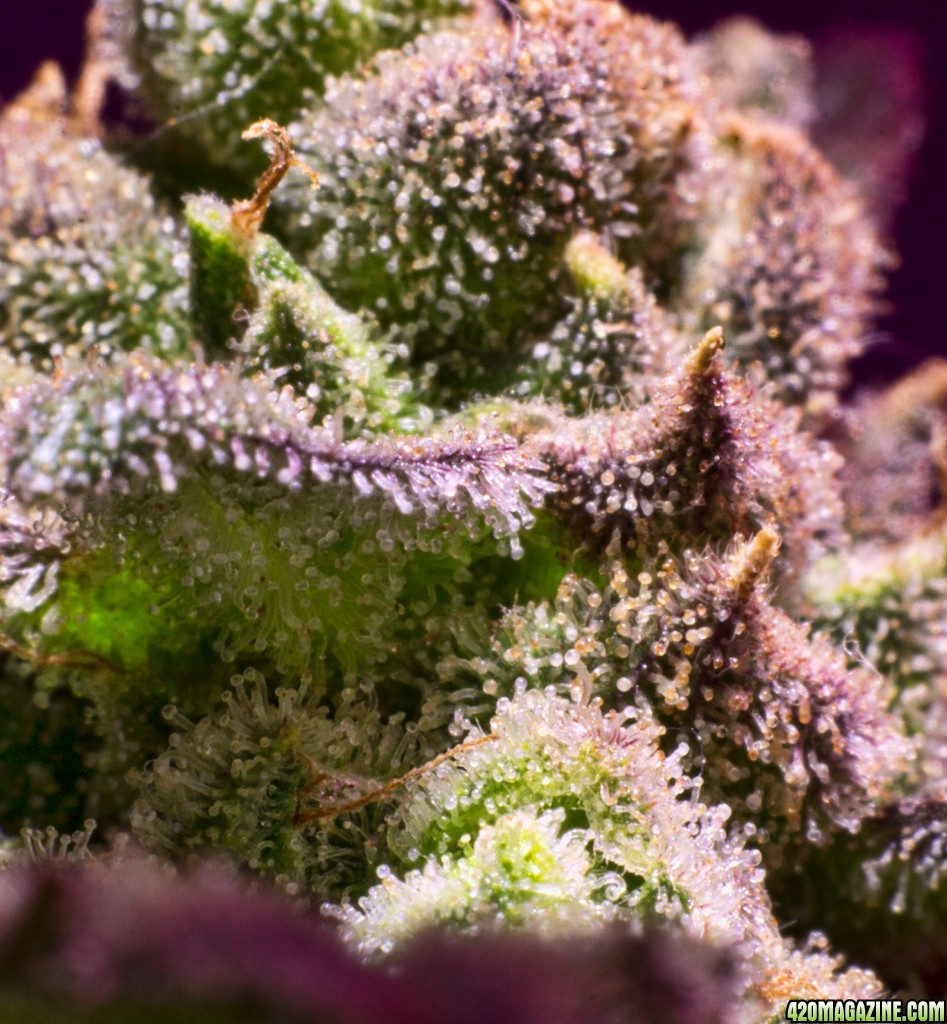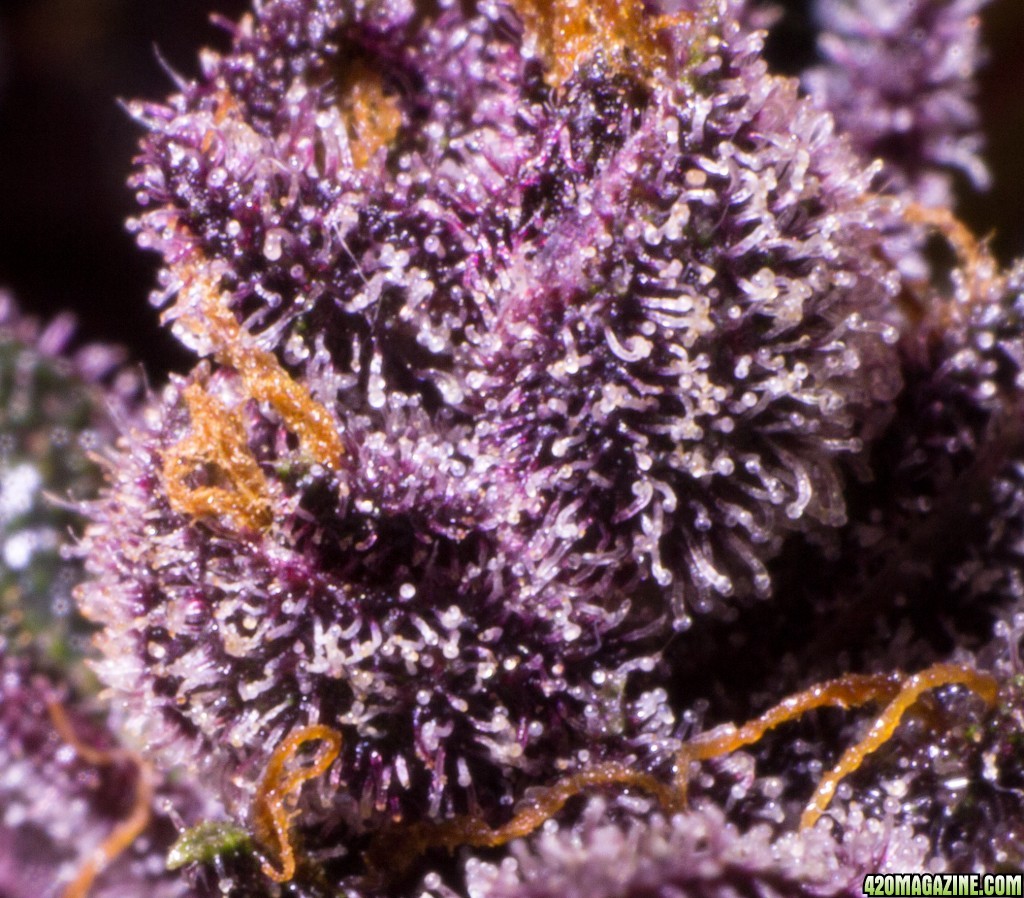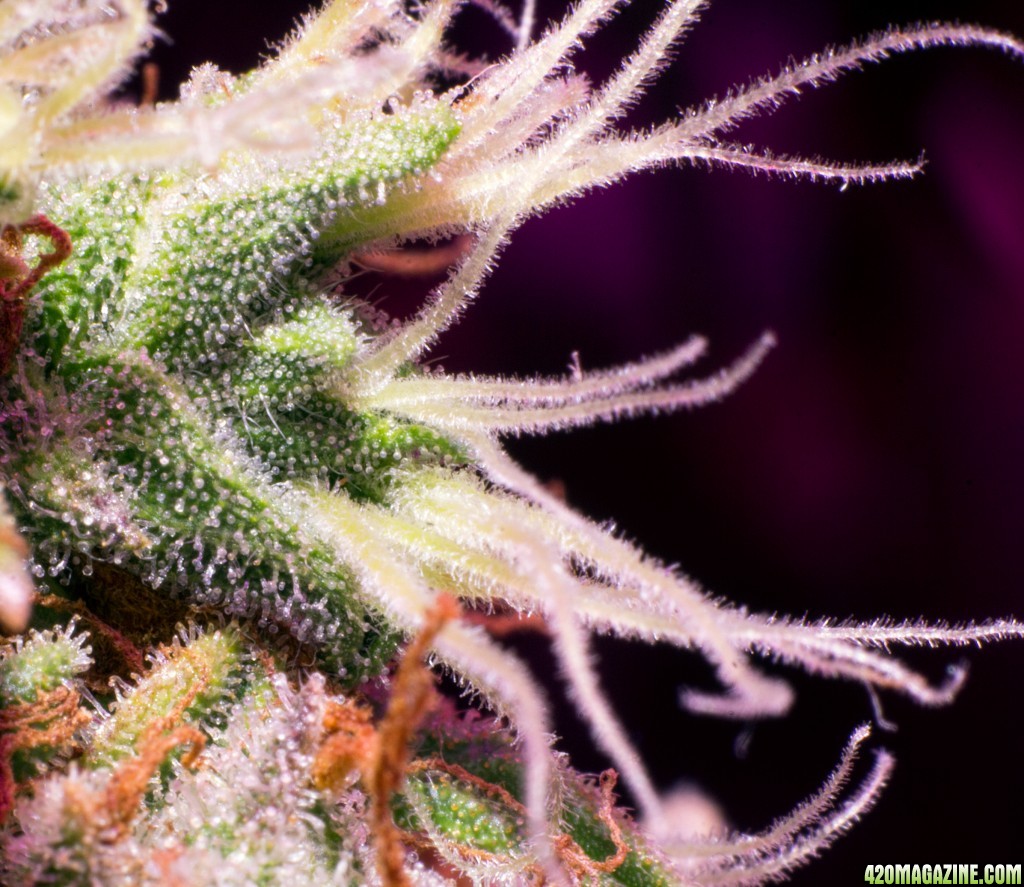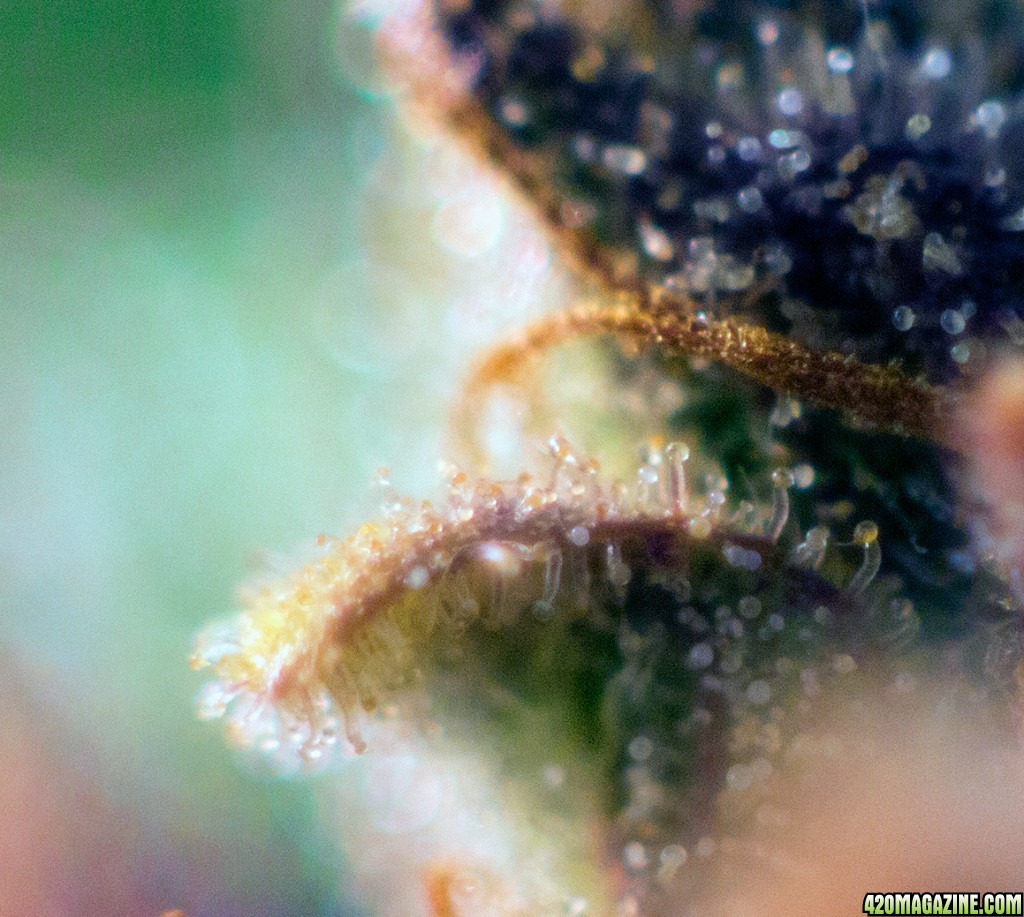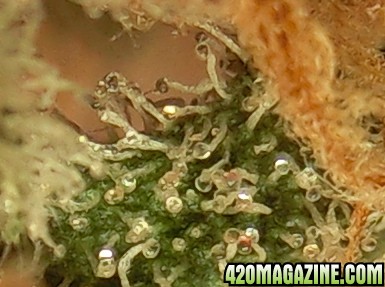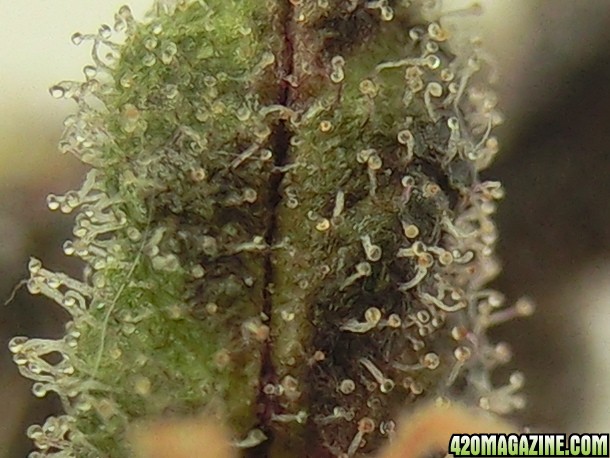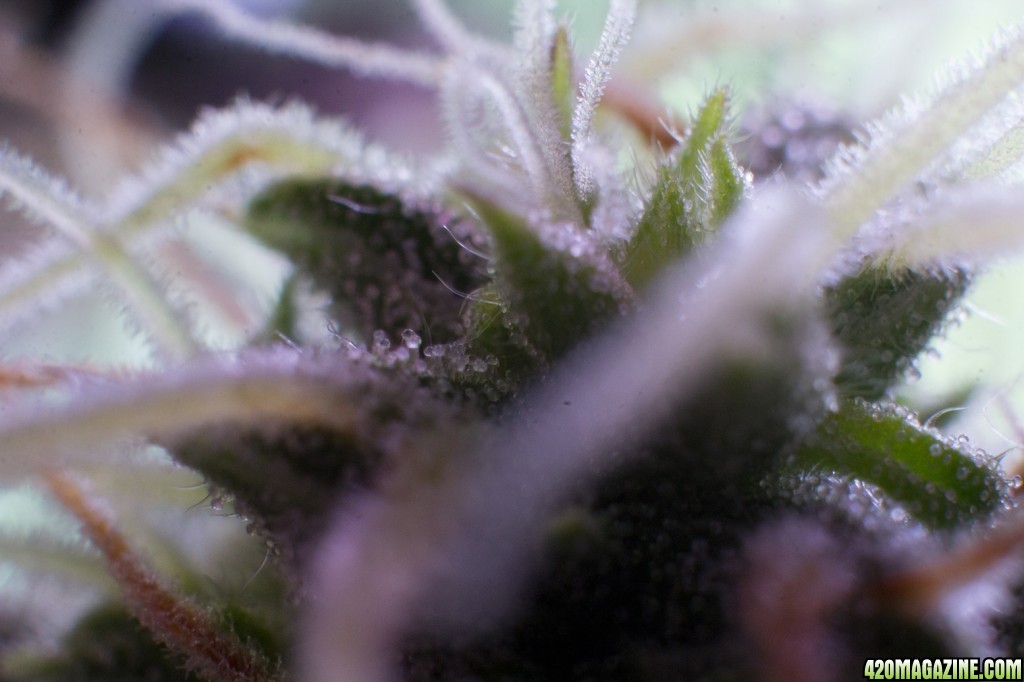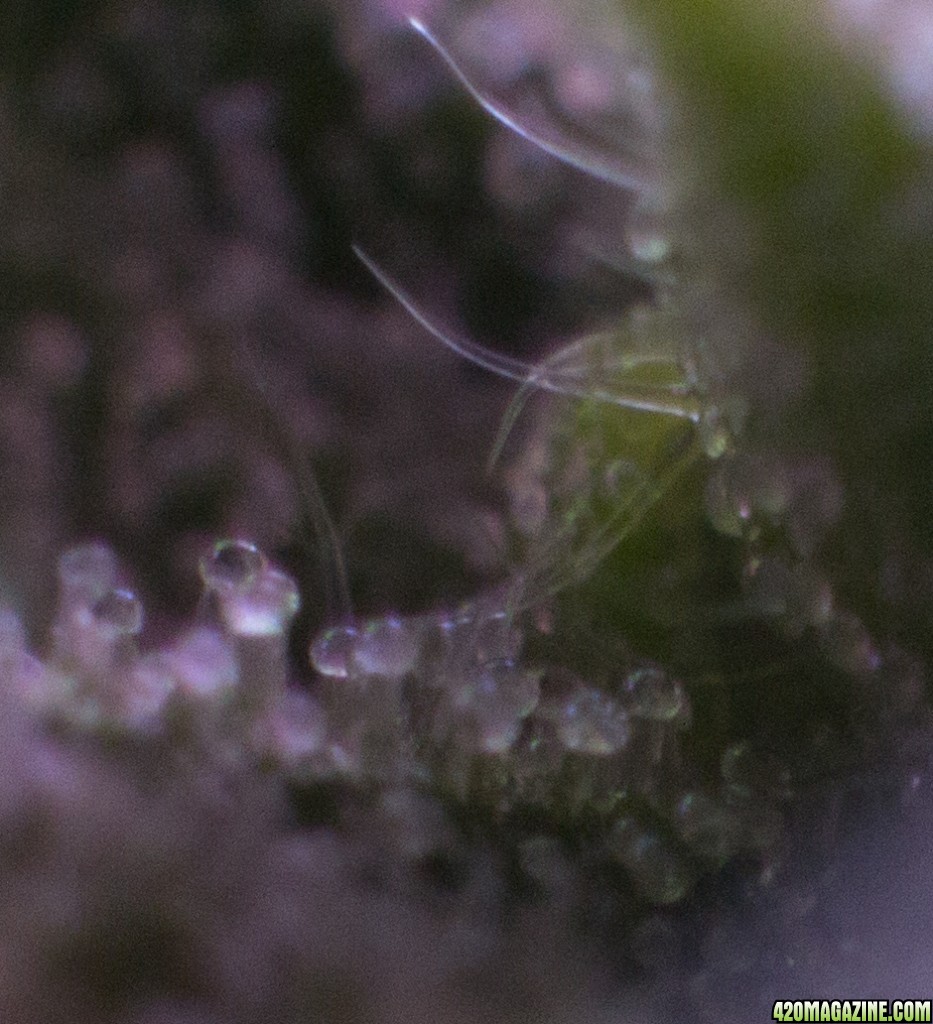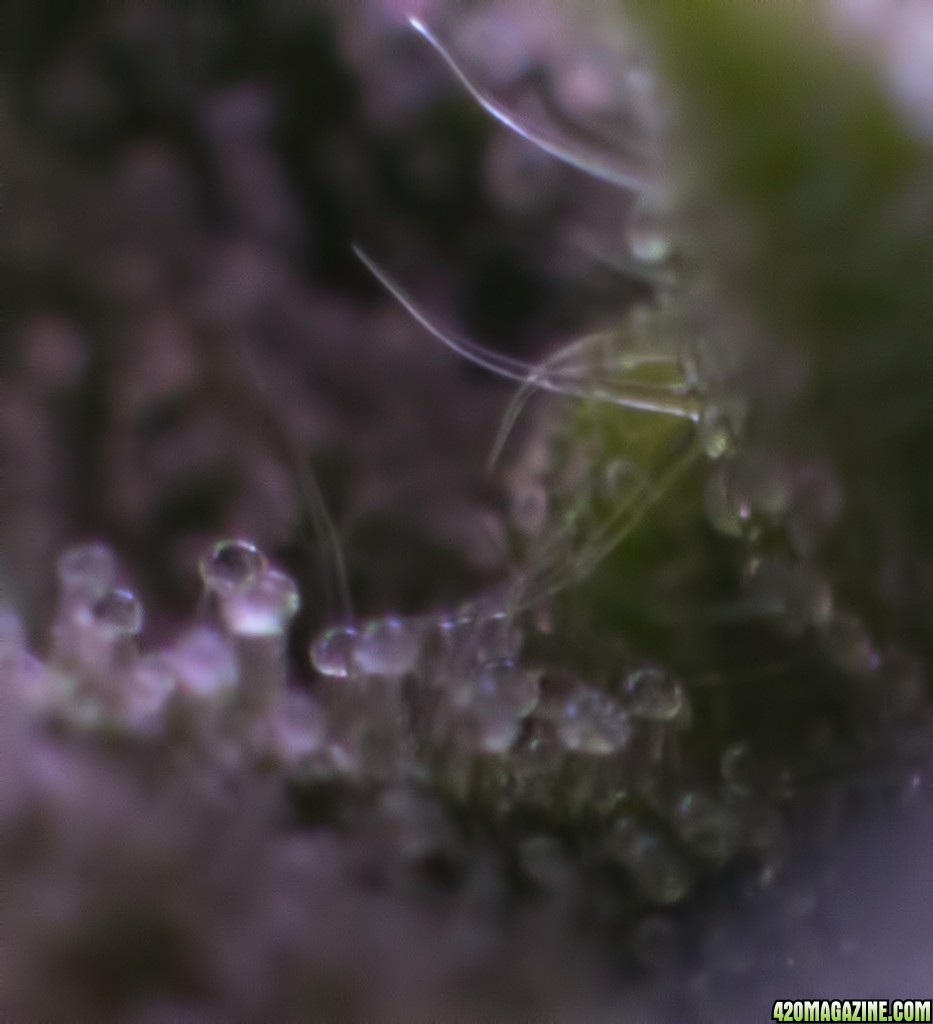Hi all !!
This thread is made to help people choosing macro-photography tools for trichome control.
We need technical information, brand names, and a few pictures examples.
-> Even if you use a very cheap gear: as long as you can take a decent macro-photo that shows trichome colors, we are interested to know what it is in case someone wants to buy it.
-> Even if you use expensive gear, then it would be also interesting to know your favorite photo technics.
-> It is not about showing off your best macro shots (but you can!!) - but it is about showing what different gear does what and how, and to serve as a reference.
- Even if you have done a DIY thing, let us know.
Why Macro-photo can be important to growers?
- Macro photography is used to control the state of trichomes and the best moment to crop.
Sometimes, what you see with macro is quite different from what you "saw" or guessed with your eyes, especially the balance between amber and white/creamy trichomes.
- Controlling trichomes could be crucial for medical growers, and recreational as well. it simply allows more precision and a crop at the right time.
Thanks a lot for your participation!!! let's have fun now
This thread is made to help people choosing macro-photography tools for trichome control.
We need technical information, brand names, and a few pictures examples.
-> Even if you use a very cheap gear: as long as you can take a decent macro-photo that shows trichome colors, we are interested to know what it is in case someone wants to buy it.
-> Even if you use expensive gear, then it would be also interesting to know your favorite photo technics.
-> It is not about showing off your best macro shots (but you can!!) - but it is about showing what different gear does what and how, and to serve as a reference.
- Even if you have done a DIY thing, let us know.
Why Macro-photo can be important to growers?
- Macro photography is used to control the state of trichomes and the best moment to crop.
Sometimes, what you see with macro is quite different from what you "saw" or guessed with your eyes, especially the balance between amber and white/creamy trichomes.
- Controlling trichomes could be crucial for medical growers, and recreational as well. it simply allows more precision and a crop at the right time.
Thanks a lot for your participation!!! let's have fun now




